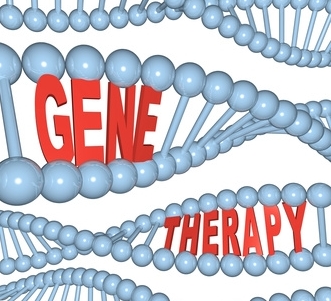Gene therapy helps reverse loss of memory in mice suffering from Alzheimer's
 Washington, April 24 : Researchers have identified the protein which prevents memory consolidation when blocked.
Washington, April 24 : Researchers have identified the protein which prevents memory consolidation when blocked.
Researchers from the Institute of Neuroscience at the Universitat Autonoma de Barcelona have discovered the cellular mechanism involved in memory consolidation and were able to develop a gene therapy which reverses the loss of memory in mice models with initial stages of Alzheimer's disease.
The therapy consists in injecting into the hippocampus - a region of the brain essential to memory processing - a gene which causes the production of a protein blocked in patients with Alzheimer's, the "Crtc1" (CREB regulated transcription coactivator-1). The protein restored through gene therapy gives way to the signals needed to activate the genes involved in long-term memory consolidation.
To identify this protein, researchers compared gene expression in the hippocampus of healthy control mice with that of transgenic mice which had developed the disease.
Through DNA microchips, they identified the genes ("transcriptome") and the proteins ("proteome") which expressed themselves in each of the mice in different phases of the disease.
Researchers observed that the set of genes involved in memory consolidation coincided with the genes regulating Crtc1, a protein which also controls genes related to the metabolism of glucose and to cancer. The alteration of this group of genes could cause memory loss in the initial stages of Alzheimer's disease.
In persons with the disease, the formation of amyloid plaque aggregates, a process known to cause the onset of Alzheimer's disease, prevents the Crtc1 protein from functioning correctly.
"When the Crtc1 protein is altered, the genes responsible for the synapsis or connections between neurons in the hippocampus cannot be activated and the individual cannot perform memory tasks correctly", explains Carlos Saura, researcher of the UAB Institute of Neuroscience and head of the research.
The research has been published in The Journal of Neuroscience. (ANI)